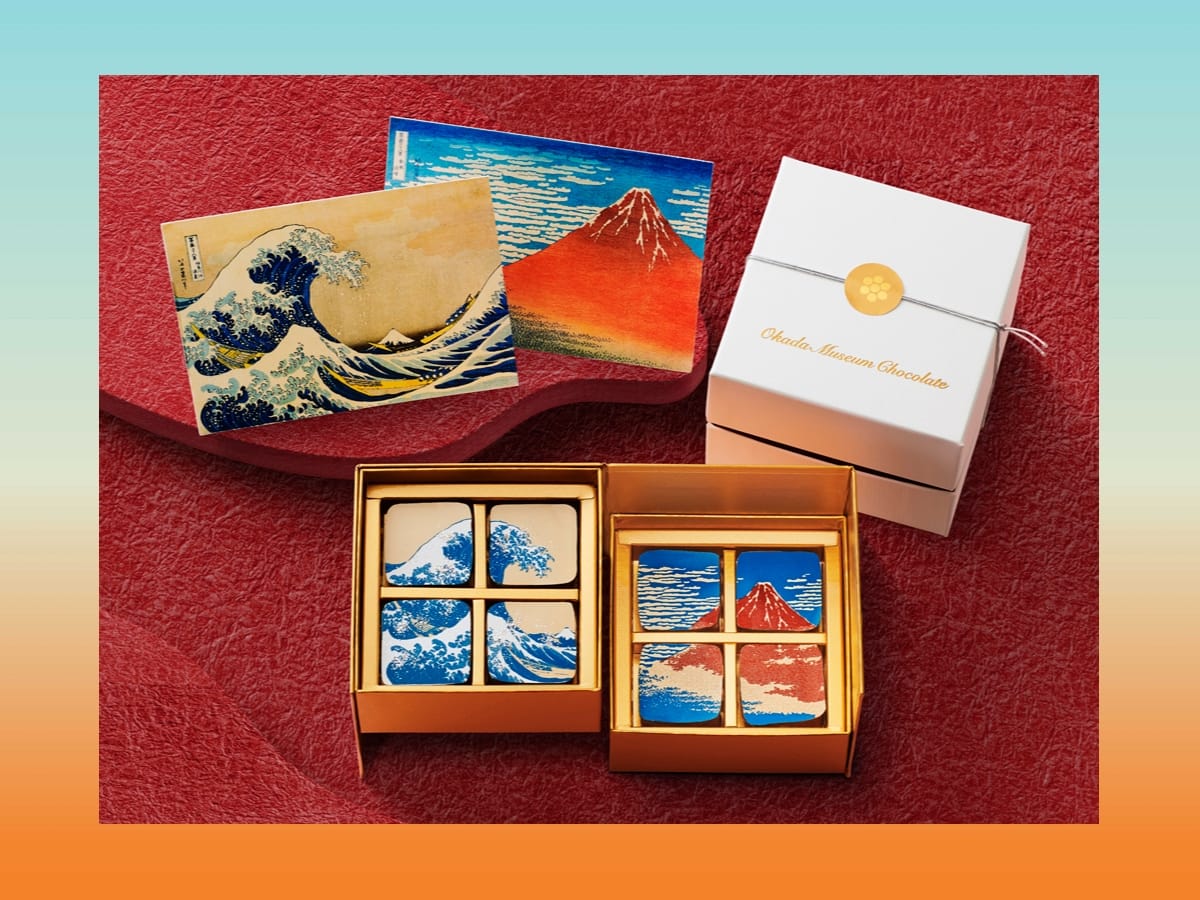
Source: © Okada Museum of Art
Japanese museum creates beautiful artisan chocolates fusing traditional art and sweets
- Tags:
- chocolate / Hakone / Okada Museum of Art / Ukiyo-e
Related Article
-
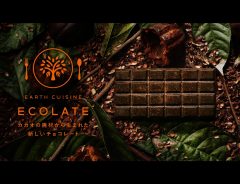
Japanese Earth Cuisine project develops sustainable chocolate “Ecolate”
-
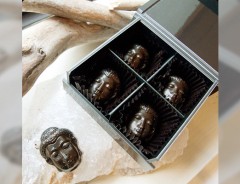
Hemp Chocolate Buddha Heads From Kyoto Are The Delicious Treat Too Holy To Eat
-
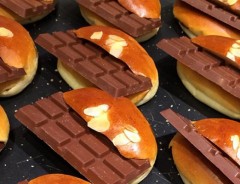
Popular Royce’s New Chocolate Bread Is Delicious But Hard To Chew
-

Newest Japanese Kit Kats Are Premium Birthstone Chocolates To Be Sold Monthly
-
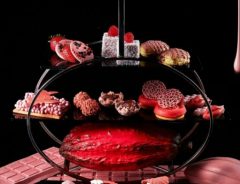
Tokyo Hotel Offers Luxurious Ruby Chocolate Afternoon Tea
-
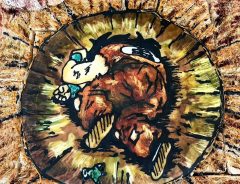
Mother recreates iconic Dragon Ball scene for son in epic batch of Valentine’s chocolate


The Okada Museum of Art in Hakone, Kanagawa was only opened in 2013, however, despite its short history, this private museum displays a wide range of artworks from Japan, China and Korea that include both modern and ancient art pieces. There are approximately 450 artworks on permanent display.
When you’re done taking a look at their art collection, the museum also lets you take a sip of coffee while relaxing at a footbath (since Hakone is a popular hot spring destination in Japan), and browse their shop where you can find different gourmet chocolates themed around traditional Japanese paintings.
The chocolates were made by Japanese chocolatier Naoki Miura, and they come in two sets of four squares that form some of the most famous images in Japanese art. One of the chocolate sets, aptly named “Great Wave & Mt. Fuji,” depicts two of the most iconic prints from Katsushika Hokusai’s “Thirty-six Views of Mt. Fuji.” Each of the chocolate squares also have different flavors mixed in, such as hibiscus berry & coconut, cassis & blood orange, and walnut & maple sugar.
© Okada Museum of Art
The next box set of chocolates, called “Fukui Kotaro's Wind/Time,” features two traditional Shinto gods, Fūjin and Raijin, as depicted by Japanese artist Kotaro Fukui. Fūjin (right), the god of wind, and Raijin (left), the god of lightning, are often seen together in murals or statues in temples all across Japan. These chocolates also vary in flavors, from simpler ones such as cream cheese, vanilla & lemon or lavender & raspberry, to more unusual ones like tomato and camembert cheese.
© Okada Museum of Art | HSG©FUKUI
Kitagawa Utamaro is a Japanese painter from the 18th century known for his bijin-ga 美人画 art, and his work is featured in the next set of box chocolates. Bijin-ga directly translates to “beautiful person picture,” and are prints that depict Japanese women during the 17th to 19th century. The set named "Utamaro's Fukagawa in the Snow" contains chocolates with flavors like pistachio & cinnamon, almond milk & dry apricot, and Japanese chestnuts & Matsutake mushrooms.
© Okada Museum of Art
There are also smaller sets of chocolates that come in fives, which also feature artwork from different Japanese painters. The first one takes parts from Itō Jakuchū’s colorful Peacock and Phoenix painting. Jakuchū was an artist from Japan’s mid-Edo period (from the 1700s to 1800s), and he often painted birds and other elements from nature.
© Okada Museum of Art
The chocolates with blue irises are inspired by a folding screen painting done by Kamisaka Sekka. Sekka was prominent during the 19th century, and he also often painted scenes from nature or everyday life in Japan. The chocolate set is called "Sekka's Irises."
© Okada Museum of Art
Lastly, the white chrysanthemums on a bright yellow background are from a painting by Ogata Kōrin, an artist best known for his paintings on folding screens, but who also painted on ceramics and lacquerware. This chocolate set is named “Kōrin's Chrysanthemums.”
© Okada Museum of Art
Two of the chocolate box sets (“Fukui Kotaro's Wind/Time” and “Utamaro's Fukugawa in the Snow”) and all of the five-piece chocolate sets can be bought if you visit the official museum shop now, however, “Great Wave & Mt. Fuji” will only be available from April 5, 2020 onwards. The chocolate box sets are priced at 4,800 yen each, and the five-piece sets are priced at 2,800 yen each.
Okada Museum of Art is open daily from 9:00 AM to 5:00 PM, and the entrance fee for adults is 2,800 yen and 1,800 yen for children. However, if you just plan on buying the chocolates, the museum shop is also open under the same hours and you can enter for free.
You can find more info on the museum and the shop through their English website.